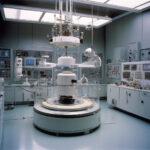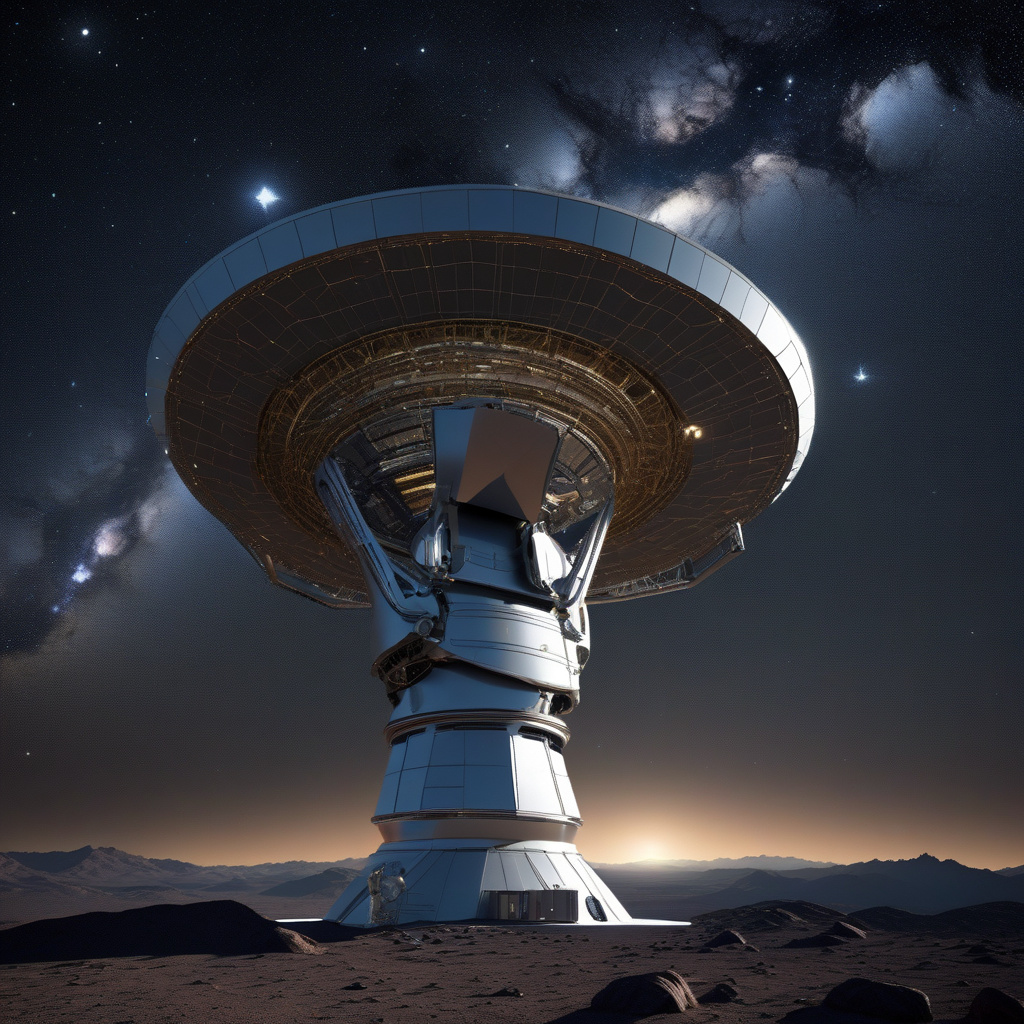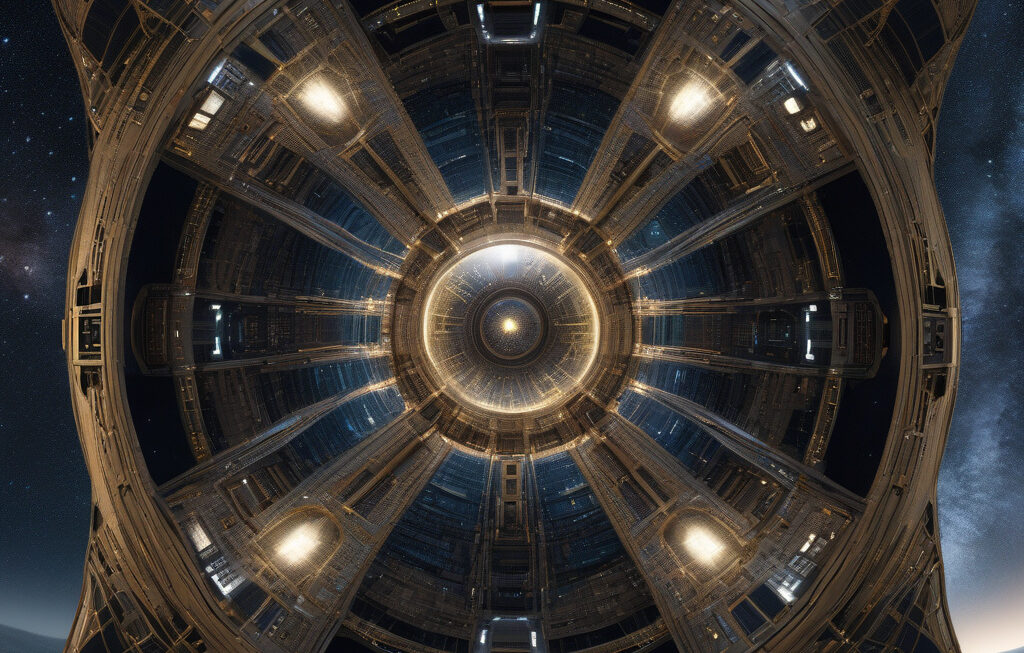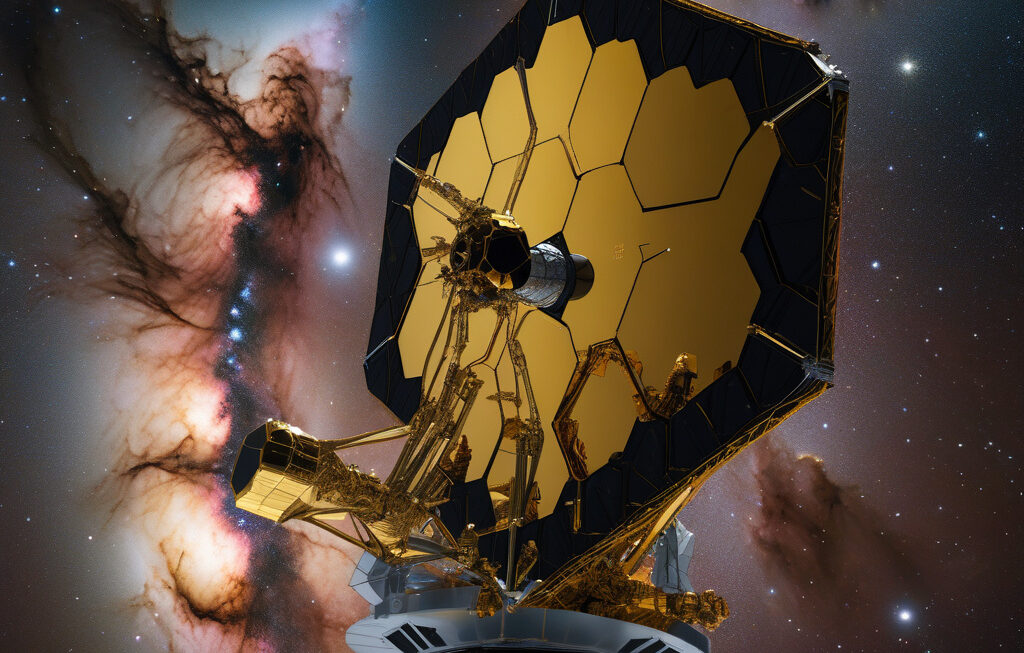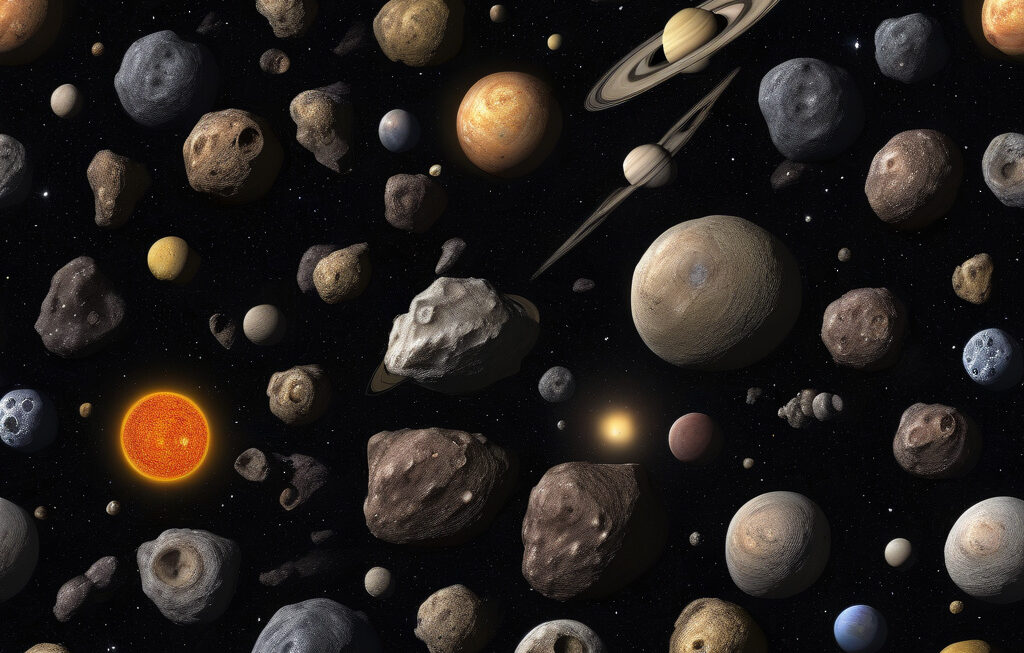Earth-sized ‘super telescope’ detects lowest-mass dark object ever discovered
A team of astronomers used a global network of telescopes to detect the lowest-mass dark object ever discovered. This groundbreaking achievement was made possible by combining the power of multiple telescopes around the world, effectively creating an Earth-sized “super telescope” capable of peering deep into the universe.
The dark object in question is a black hole, a cosmic entity so dense and compact that not even light can escape its gravitational pull. What makes this discovery truly remarkable is the size of the black hole, which is the smallest ever detected. This finding challenges our current understanding of black hole formation and evolution, opening up new possibilities for studying these enigmatic objects.
By harnessing the collective power of telescopes spread across different continents, astronomers were able to observe the black hole in unprecedented detail. This collaborative approach allowed them to overcome the limitations of individual telescopes and capture data with remarkable clarity and precision.
One of the key advantages of using a global network of telescopes is the ability to create a virtual telescope the size of Earth. By combining signals from multiple telescopes, researchers can achieve a level of resolution and sensitivity that would be impossible with a single instrument. This innovative technique, known as Very Long Baseline Interferometry (VLBI), has revolutionized our ability to study distant and compact objects in the universe.
The successful detection of the lowest-mass dark object is a testament to the power of international collaboration in the field of astronomy. It highlights the importance of sharing resources, expertise, and data across borders to advance our understanding of the cosmos. By working together, astronomers can push the boundaries of scientific knowledge and make groundbreaking discoveries that would be impossible for any single team or institution to achieve alone.
This milestone achievement also underscores the critical role of technology in modern astronomy. Advances in telescope design, data processing techniques, and imaging algorithms have paved the way for unprecedented discoveries in the field. The development of Earth-sized “super telescopes” represents a new frontier in observational astronomy, offering researchers a glimpse into the hidden corners of the universe.
As we continue to unravel the mysteries of the cosmos, collaborations like the one that led to the discovery of the lowest-mass dark object will play an increasingly important role in shaping the future of astronomy. By pooling our resources and expertise, we can embark on ambitious projects, push the boundaries of scientific knowledge, and inspire the next generation of astronomers to explore the wonders of the universe.
In conclusion, the detection of the lowest-mass dark object ever discovered represents a significant milestone in the field of astronomy. Through the combined efforts of astronomers around the world and the innovative use of Earth-sized “super telescopes,” we have expanded our understanding of black holes and the nature of the universe. This discovery serves as a reminder of the power of collaboration and technology in unlocking the secrets of the cosmos.
#astronomy, #telescopes, #blackholes, #scientificdiscovery, #earthsizestelescope







